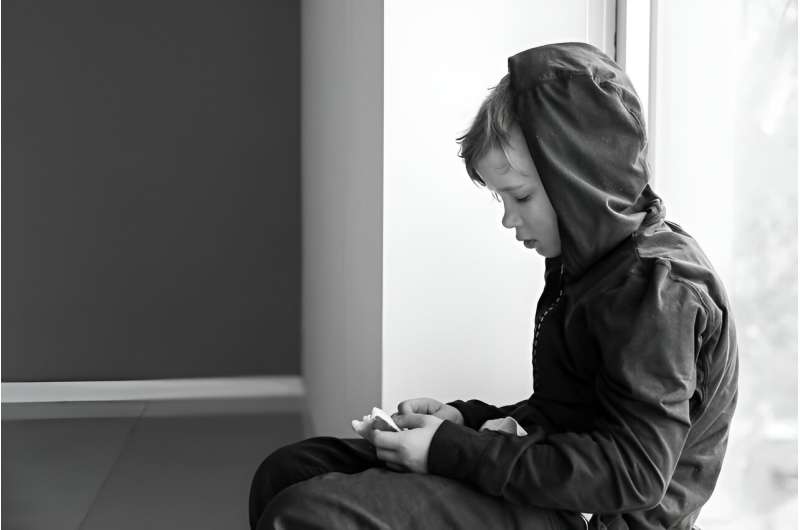This article has been reviewed according to Science X's editorial process and policies. Editors have highlighted the following attributes while ensuring the content's credibility:
fact-checked
reputable news agency
proofread
Schools may be underestimating how many kids are homeless

School districts could be severely underestimating how many kids are homeless in their communities, allowing those children to fall through the cracks, a new study warns.
Schools around the United States report that more than 1.2 million students are homeless every year.
But the information gathered by the districts isn't enough to accurately track homelessness, researchers argue.
In fact, homelessness might be more than four times greater than levels officially recognized in a district, researchers report Feb. 13 in the journal Educational Researcher.
Researchers figured this out by testing 10 ways a school district can track homelessness through information it routinely gathers on a student's housing status.
A student is considered homeless if they lack a fixed, regular and adequate nighttime residence, researchers said.
The strategies included:
- Checking to see if a kid's enrollment address is at a hotel, motel or homeless shelter.
- Reviewing previous years' records to see if a child previously had been identified as homeless.
- Assessing housing records to see if the student's address is a boarded-up structure or one with severe damage.
- Analyzing medical records to see if homelessness has been indicated in a note or chart.
Nine of the 10 strategies uncovered significant unidentified student homelessness at Camden City Schools in New Jersey, researchers said.
The most conservative estimate found that at least 34% of student homelessness hadn't been detected, but counts could be more than four times greater, results show.
"While more research is necessary, it is unlikely that Camden is an outlier and a good possibility that many other school districts have considerably under-identified the number of children who meet the federal definition of homelessness," lead author J. J. Cutuli, a senior research scientist at the Nemours Children's Health Center for Healthcare Delivery Science, said in a news release.
"These findings hold the potential to reach hundreds more students experiencing homelessness in Camden alone and, if this research were applied more broadly, could find a large number of children are not receiving the support they need," he added.
Students experiencing homelessness often face academic disruption, food insecurity and transportation difficulties, researchers said.
These students tend to have lower attendance and switch schools often as they relocate.
"Schools play a vital role supporting students and their families, but many families do not know that supports are available and school staff often do not know when families are experiencing homelessness," Ebony Maddox, homeless education liaison for Camden City Schools, said in a news release.
"We need more tools to help us reach students so that homelessness does not get in the way of education," she added.
More information: J. J. Cutuli et al, Strategies to Better Identify Student Homelessness Using Data in an Urban School District, Educational Researcher (2024). DOI: 10.3102/0013189X231215347
The National Center for Homeless Education has more on student homelessness.
Copyright © 2024 HealthDay. All rights reserved.




















